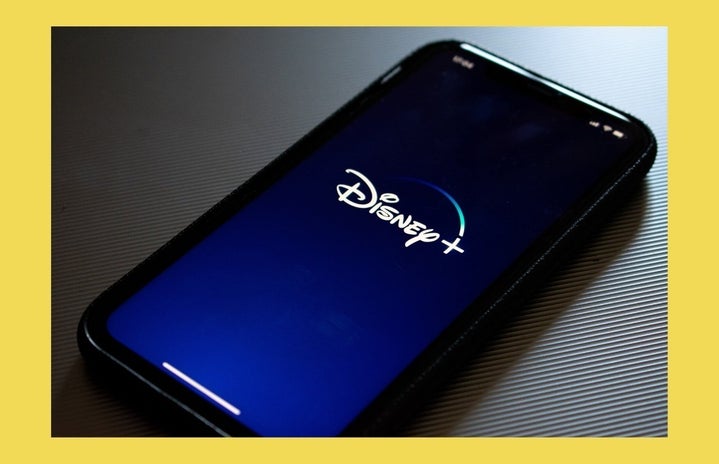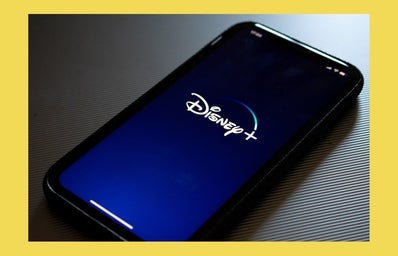Disney is entering a new animated era and I am here for it. First Encanto, and now Turning Red, Disney movies are turning the typical fantasy conflict into an allegory for familial conflict and growing up.
On the surface, Turning Red, directed by Domee Shi, is the larger than life story about fresh faced teenager Mei Lee, voiced by the endearing Rosalie Chiang, who happens to turn into a giant red panda whenever she feels a strong emotion.
Although the audience would expect Mei Lee to struggle with this change for the entire movie and hide it from her friends, she learns to control the panda within the first 30 minutes. The rest of the movie is spent with Mei using her panda persona as a hustle to raise money for her friends to go see their favorite boy band in concert.
Like most Disney Pixar movies of late, the conflict goes much deeper than rushing to buy a few tickets. The real root of Mei’s insecurities is her desire to please her mother, voiced by Sandra Oh, despite now wanting to become her own person.
Turning Red is a beautifully animated film that places Asian culture and family dynamics on center stage. Similar to Encanto, Turning Red strives to capture the pressures of generational trauma, and how these pressures can destroy a family.
Ming, Mei’s mother, was once just like Mei, striving to be her own person, but this caused a huge falling out with her own mother. As a result, Ming became like her mother and pressured Mei to succeed where she had failed in honoring the family. Naturally, it was a recipe for disaster.
Despite the nuances of its story dynamics, Turning Red tells the tale of growing up that anyone can relate to. It shows how mothers and daughters struggle to communicate as the daughters want more independence. It shows that even when people have good intentions, sometimes they still accidentally hurt the people they are trying to protect. Still, Turning Red is clear to make the point that these conflicts do not have to stay unresolved forever.
Another thing that makes Turning Red shine is how it grapples with teenage sexualty. Mei is trying to understand all these confusing feelings she now harbors towards once icky boys, something her mother is shocked to see happen to her little girl.
At another point in the movie, Mei and Ming have the much dreaded but essential period talk. This is the first time I have ever heard periods be discussed in a Disney movie, let alone see an actual pad on the screen, despite at least half of the world population having periods.
Turning Red is not a black and white, “good vs. evil” story. It does not simplify conflict by painting one person as the obvious villain. Instead, it puts a mirror to the reality of teenage life and reflects the hardships of coming of age and discovering who you are. And for that, it is definitely worth a watch.


